Ever caught yourself wondering whether you’re lounging on a sofa or a couch? I used to think they were the same thing, just two fancy words for a comfy seat. But it turns out there’s more to the story.
These everyday pieces actually have different origins and subtle design distinctions that furniture pros and historians love to point out. Once you know the difference, you’ll never look at your living room the same way again.
So if you’ve ever been curious about what makes a sofa a sofa and a couch a couch, let’s settle this cozy debate once and for all.
1. Origin Stories Reveal Different Roots
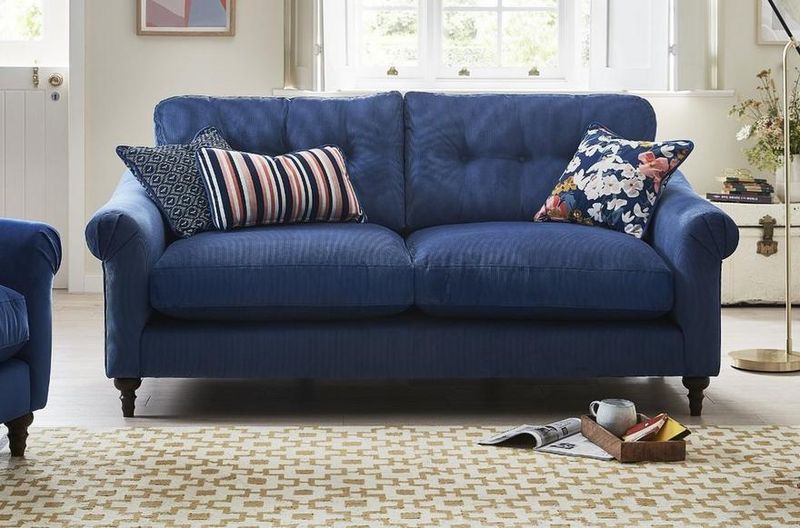
Would you believe these furniture pieces come from completely different language backgrounds? The word ‘sofa’ originated from the Arabic term ‘suffah,’ describing a bench covered with cushions and blankets.
Meanwhile, ‘couch’ derives from the French word ‘coucher,’ meaning ‘to lie down.’ This etymology hints at their original purposes – one for sitting upright, the other for reclining.
Language evolution shows how furniture terminology reflects cultural habits across centuries!
2. Formal vs. Casual Vibes
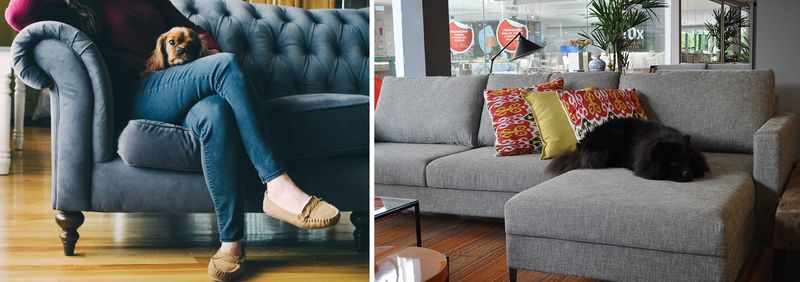
Technically speaking, sofas tend to carry a more formal, sophisticated air about them. They’re what you’d expect to find in a carefully designed living room or fancy hotel lobby.
Couches? They’re the laid-back cousins – perfect for family rooms where kids build forts and dogs claim their favorite spots.
Though many retailers use the terms interchangeably, interior designers often maintain this distinction when helping clients create specific atmospheres in different spaces.
3. Arm Designs Make A Difference
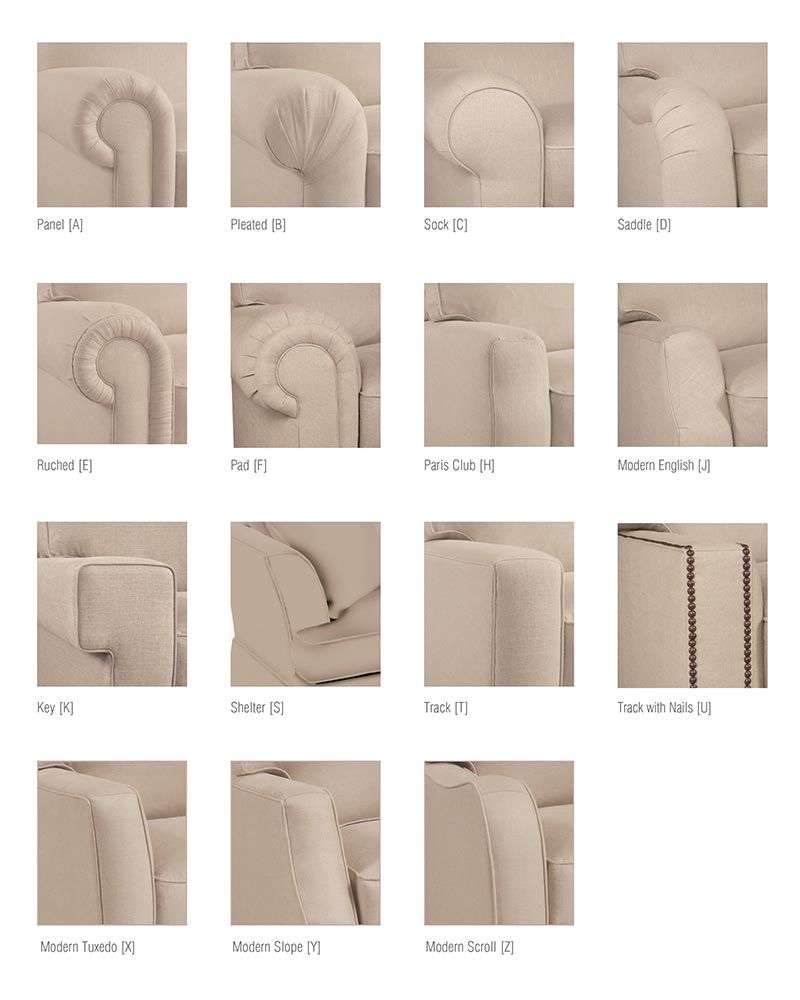
Look at those arms! Traditional sofas typically feature defined, sometimes ornate armrests that stand proudly at each end. These arms often reach the same height as the back, creating a uniform profile.
Couches frequently sport lower, less prominent arms or sometimes no arms at all! This design choice relates back to the couch’s lounging purpose – fewer obstacles when you want to stretch out.
Next time you’re furniture shopping, check those arms for a clue about what you’re really looking at.
4. Size Matters In The Debate

Measuring tape ready? Sofas generally accommodate three or more people comfortably, designed with socializing and conversation in mind. Their larger dimensions make them statement pieces in formal living spaces.
Couches often run smaller, sometimes fitting just two people cozily. They’re built for intimacy rather than hosting large gatherings.
This size difference isn’t a strict rule, but it’s a pattern many furniture historians and designers recognize when classifying these seating options.
5. Cushion Configurations Contrast Considerably
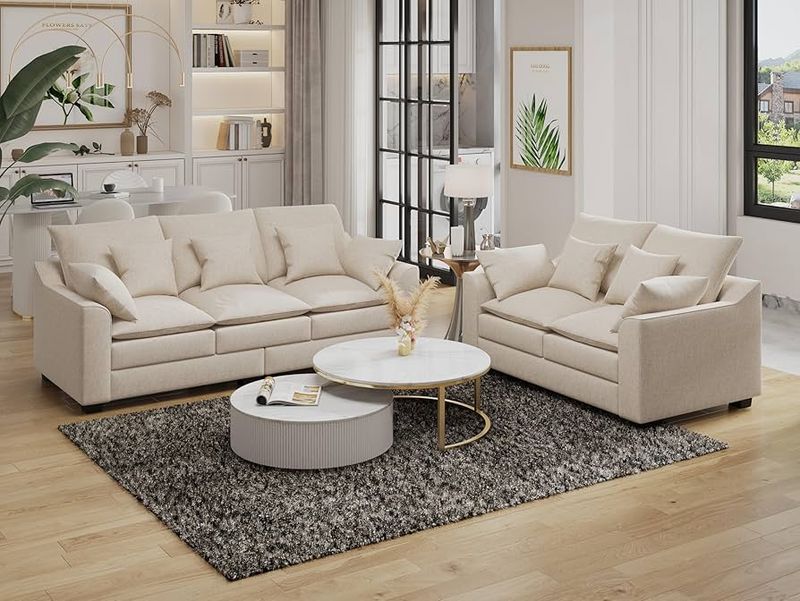
Ever noticed how the cushions differ? Sofas typically feature attached back cushions with separate seat cushions, creating a more structured, tailored appearance that maintains its shape over time.
Couches often embrace a looser, more casual approach with removable, sometimes overstuffed cushions that invite sinking in.
This cushion distinction explains why sofas hold their form better during formal gatherings, while couches seem to swallow you whole during movie marathons!
6. Regional Language Preferences Play A Part

Where are you from? That might determine which word you use! Americans in the Northeast and Midwest tend to say ‘couch’ more frequently, while ‘sofa’ dominates in the South and parts of the West Coast.
Across the pond, Brits almost exclusively use ‘sofa.’ Australians lean toward ‘lounge’ for both! These regional language patterns developed over generations, influenced by immigration patterns, cultural exchanges, and even furniture marketing campaigns that varied by location.
Geography shapes our furniture vocabulary more than we realize!
7. Material Choices Hint At Classification
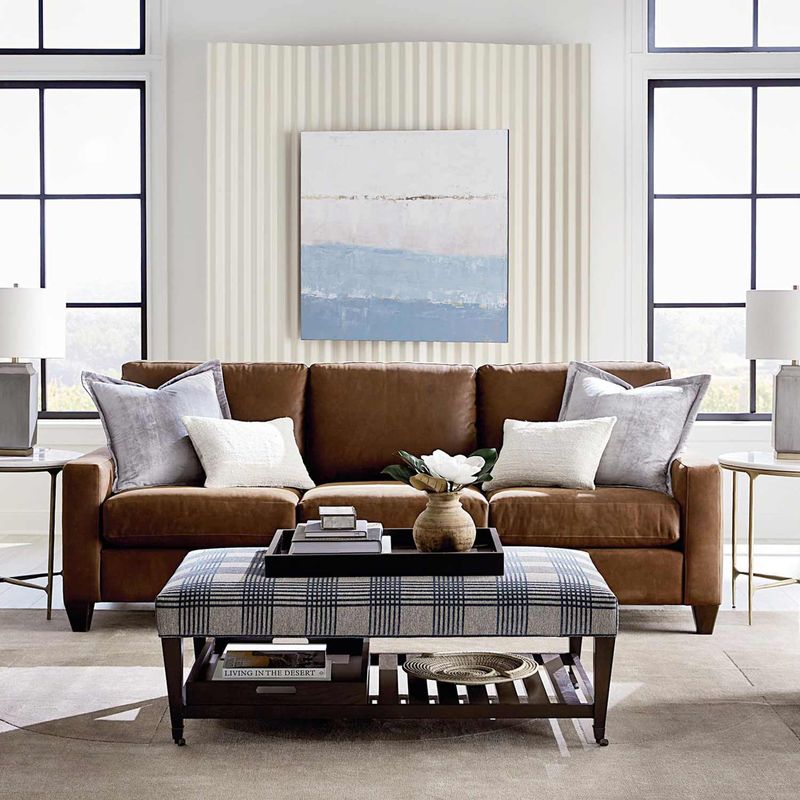
Fabric tells a tale in this furniture face-off! Sofas frequently feature higher-end upholstery materials like leather, velvet, or structured weaves that convey elegance and formality.
Couches often come dressed in more practical, durable fabrics like microfiber, cotton blends, or performance fabrics designed to withstand daily life.
Though not a definitive rule, these material tendencies reflect their different roles in our homes. Manufacturers know that formal pieces demand luxurious textures, while everyday seating needs to handle real-life messes!
8. Design Evolution Through Centuries
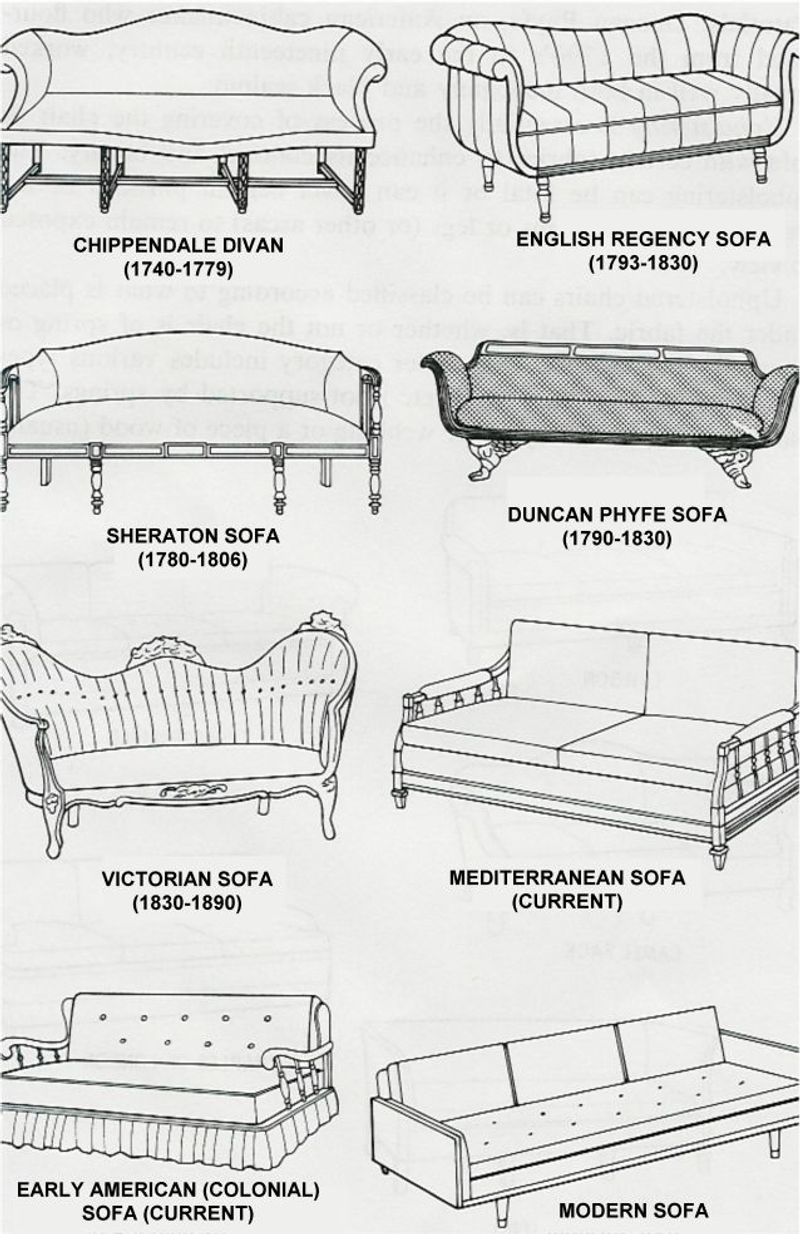
Time machines would reveal fascinating furniture facts! Victorian-era sofas featured ornate wooden frames, button tufting, and formal designs meant for proper sitting during social calls.
The modern couch emerged more prominently in the mid-20th century, embracing casual comfort for TV-watching families. As entertainment became central to home life, furniture adapted to our changing needs.
The timeline of these seating options tells a broader story about how our domestic priorities and social customs have transformed.
9. Depth Distinctions Create Different Experiences
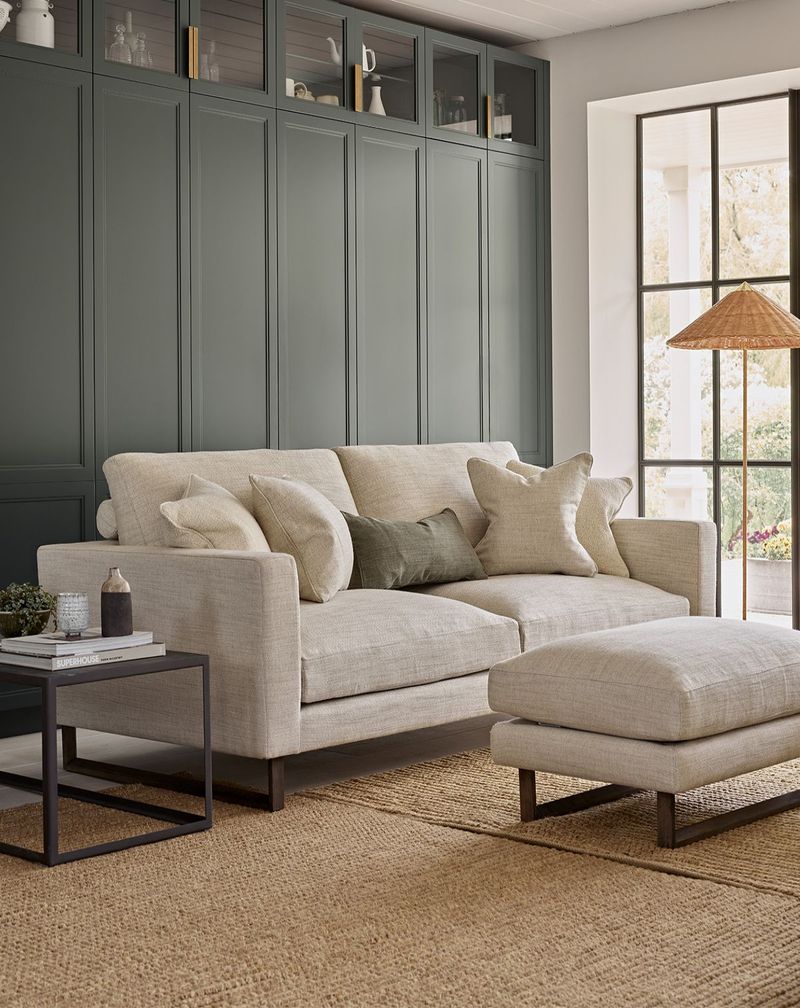
Grab a ruler and measure from front to back! Sofas typically feature shallower seating depths, encouraging an upright posture perfect for conversation and formal entertaining.
Couches love to go deep, providing extra space to curl up with a book or take an afternoon nap. This depth difference directly relates to their intended purposes – one for social engagement, one for relaxation.
Furniture designers carefully calculate these dimensions to create specific physical and psychological effects on the sitter.
10. Back Height And Structure Variations

Standing behind these pieces reveals another clue! Sofas often feature higher, more structured backs that provide formal support and create a more commanding presence in a room.
Couches frequently have lower, sometimes softer back designs that encourage lounging rather than sitting at attention. This height difference affects not just comfort but also how the piece visually impacts your space.
Interior designers consider these silhouettes carefully when planning room layouts to achieve specific aesthetic and functional goals.
11. Intended Room Placement Differs
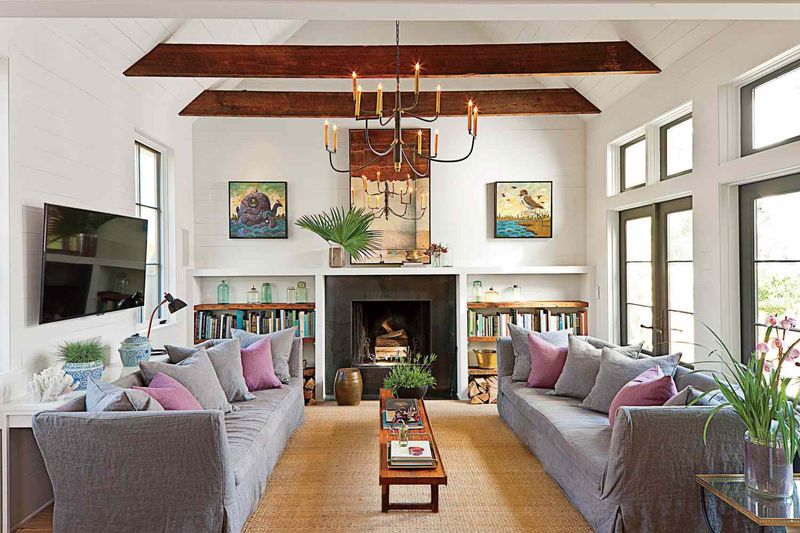
Location, location, location! Sofas traditionally belong in formal living rooms, sitting rooms, or spaces primarily used for entertaining guests.
They’re positioned as sophisticated centerpieces in rooms designed for conversation. Couches feel right at home in family rooms, dens, finished basements, or media rooms where comfort trumps formality.
Real estate listings even use these terms strategically – “formal living room with elegant sofa” versus “cozy family room with comfortable couch” – to evoke specific lifestyle images for potential buyers.
12. Price Points Typically Diverge
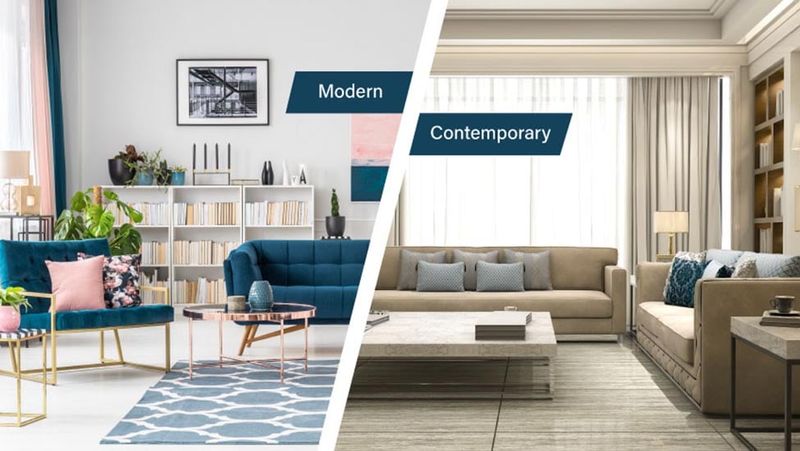
Open your wallet wider for a sofa! Generally speaking, pieces marketed as sofas command higher price points in furniture showrooms, reflecting their association with formality and luxury.
Couches often (but not always) fall into more accessible price categories, catering to practical, everyday needs.
Marketing psychology plays a fascinating role here – the same exact piece might be labeled a “premium couch” in one store and an “affordable sofa” in another, depending on the target customer demographic!
13. Cultural References Reinforce Distinctions
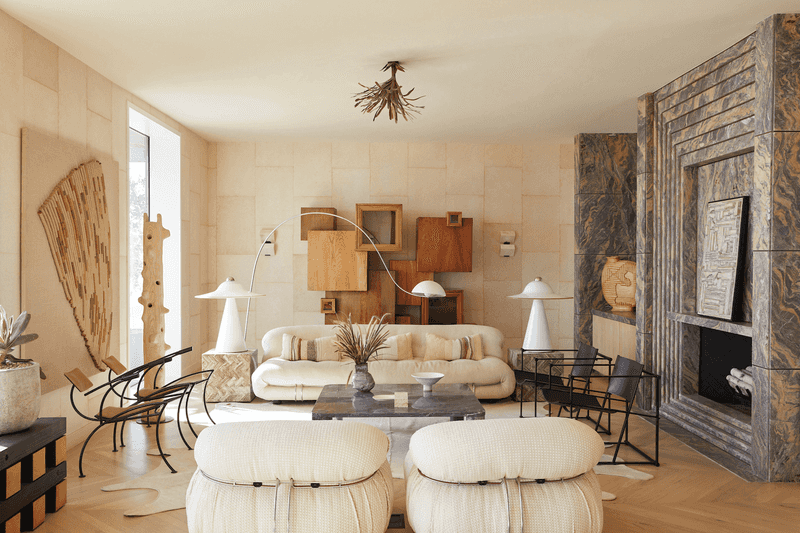
Pop culture perpetuates the difference! Think about iconic TV references like “casting couch” or “couch potato” – both emphasizing casual, sometimes lazy connotations. These phrases would sound strange with “sofa” substituted.
Meanwhile, “sofa” appears in more refined contexts – “sofa tables” in interior design magazines or “sofa art” in galleries.
Movies and television subtly reinforce these distinctions too. Wealthy characters discuss their new Italian sofas while sitcom families pile onto well-worn couches for movie night.
14. Leg Styles Often Signal The Difference
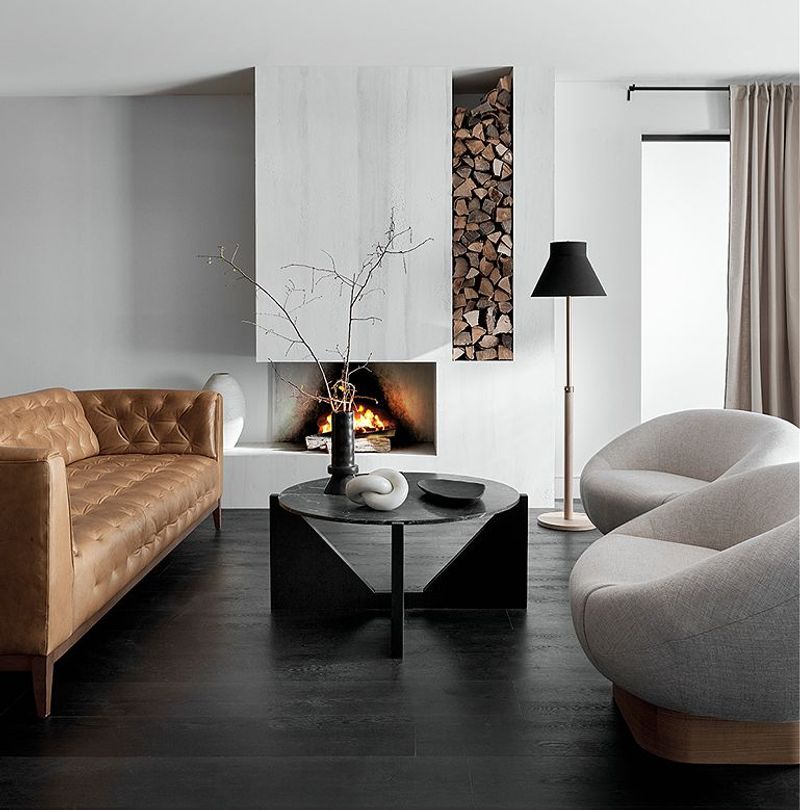
Check those legs! Sofas frequently stand on exposed, sometimes ornate legs that elevate the piece physically and visually. These visible legs – whether turned wood, tapered, or metal – contribute to a more formal, lighter appearance.
Couches more commonly feature hidden or very short legs, creating a grounded, heavier look that emphasizes comfort over elegance.
This seemingly small design detail actually has a major impact on how we perceive the furniture’s formality level and its role in our homes.
15. Convertibility Features Favor One Term
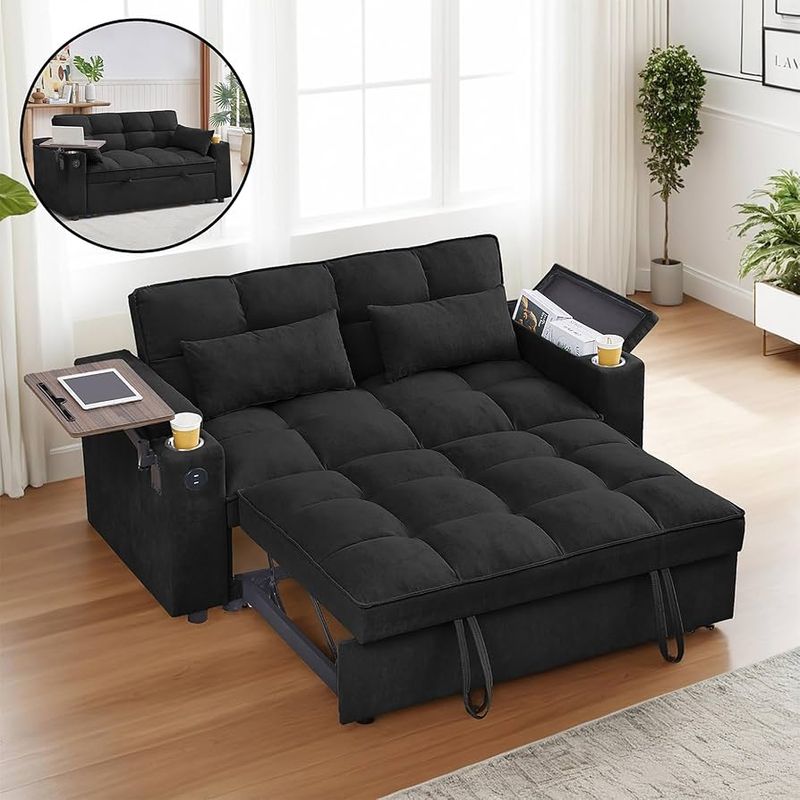
Flip it, fold it, transform it! When a piece converts into a bed, we almost universally call it a “sofa bed” rather than a “couch bed” – an interesting linguistic preference that’s persisted for decades.
Furniture with reclining features or modular components, however, more commonly gets labeled as couches.
This terminology pattern might relate to perceived sophistication – the engineering required for a pull-out bed perhaps seemed more innovative and upscale when these pieces first appeared on the market.
16. Interior Designers Have Strong Opinions
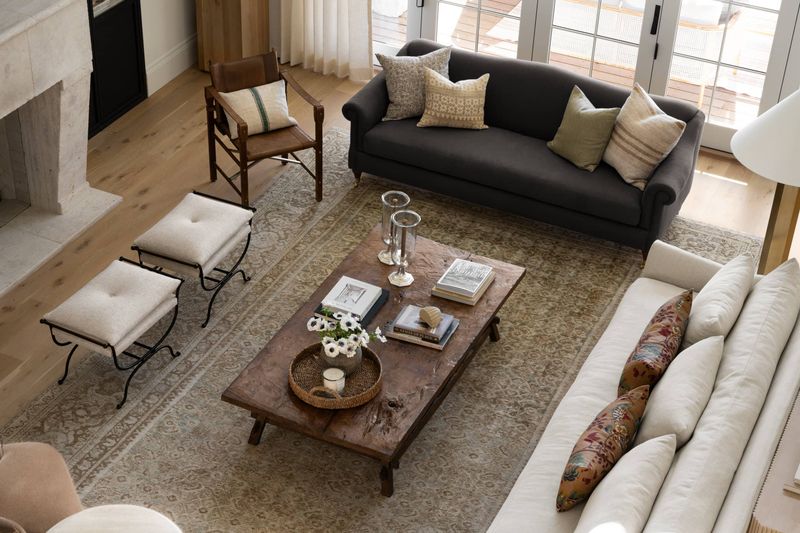
Ask the experts and prepare for passionate responses! Professional interior designers often maintain strict distinctions between these terms, using “sofa” when referring to more formal, structured pieces in design plans.
“Couch” might even be considered slightly unprofessional terminology in high-end design circles. Some designers report clients specifically requesting “not a couch, but a proper sofa” for formal living spaces.
This professional distinction helps maintain clear communication about the style, function, and placement of seating options.
17. Historical Usage In Literature Reveals Patterns

Bookworms might notice interesting patterns! Classic literature tends to mention “sofas” in scenes of refinement and proper society, while “couches” appear in more casual or intimate contexts.
Jane Austen’s characters engage in polite conversation on sofas, whereas Ernest Hemingway’s might collapse onto couches after adventures.
This literary distinction has helped shape our subconscious associations with each word. Even contemporary authors often maintain these subtle connotations when describing domestic scenes and character environments.

